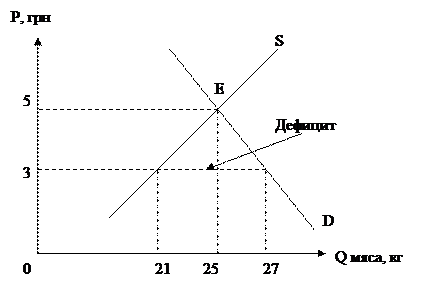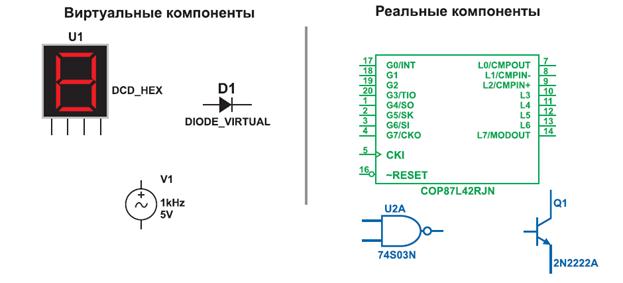Low-level systems
The main parts of a computer system consist of the processor, memory, input devices, output devices, and storage devices. The processor is the most important part of the computer. It is sometimes called the central processing unit or CPU, although the term CPU is sometimes used to mean the processor and the main memory together. The main components of the processor are shown in the table.
Processors follow a fixed sequence of steps, called the machine cycle, to process a program instruction.
Programs instructions are normally executed one after another in order, but if sometimes happens in the system that needs urgent attention, an interrupt signal is sent to the processor. The processor determines the priority of the action and stops what it is doing at an appropriate time to deal with the problem, i.e. to service the interrupt. A variety of number systems are used in computing. The binary system is made up of 1s and 0s, and is ideal for representing the on and off states of the electronic switches in a computer. Binary numbers can be converted to decimal numbers by multiplying the binary digits by their place values, and adding the results together. For example, the binary number 111 has a value of (1x4)+ (1x2)+(1x1)= 4+2+1= 7. Decimal numbers can be converted to binary numbers by repeatedly dividing the decimal number by 2, and writing down the remainders in reverse order. This is the most technical of all the units. Do not be tempted to omit it. It covers some of the most important aspects of how computers work and students need the language covered. Read this introduction carefully. Remember, students can be very helpful to each other, and will take delight in explaining any points one of them may not understand. 3 Answer the following questions: 1 What do the main parts of a computer system consist of? 2 What are the main components of the processor? 3 What is called the machine cycle? 4 In what way are programs instructions normally executed? 5 How can binary numbers be converted to decimal numbers? 6 How can decimal numbers be converted to binary numbers?
|




